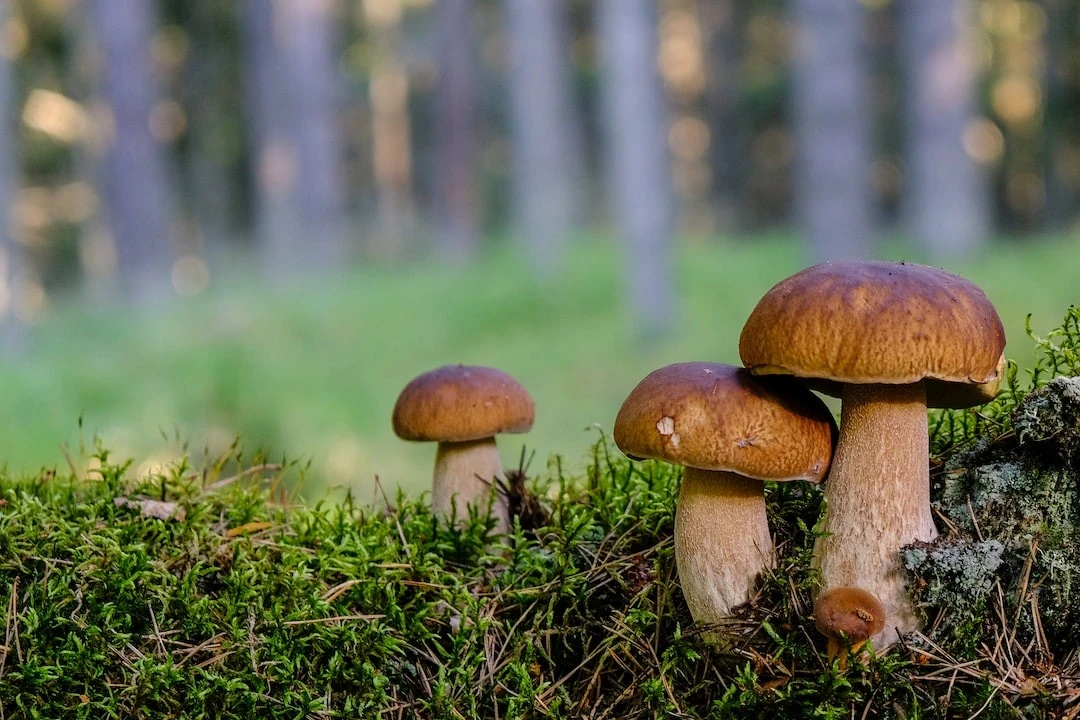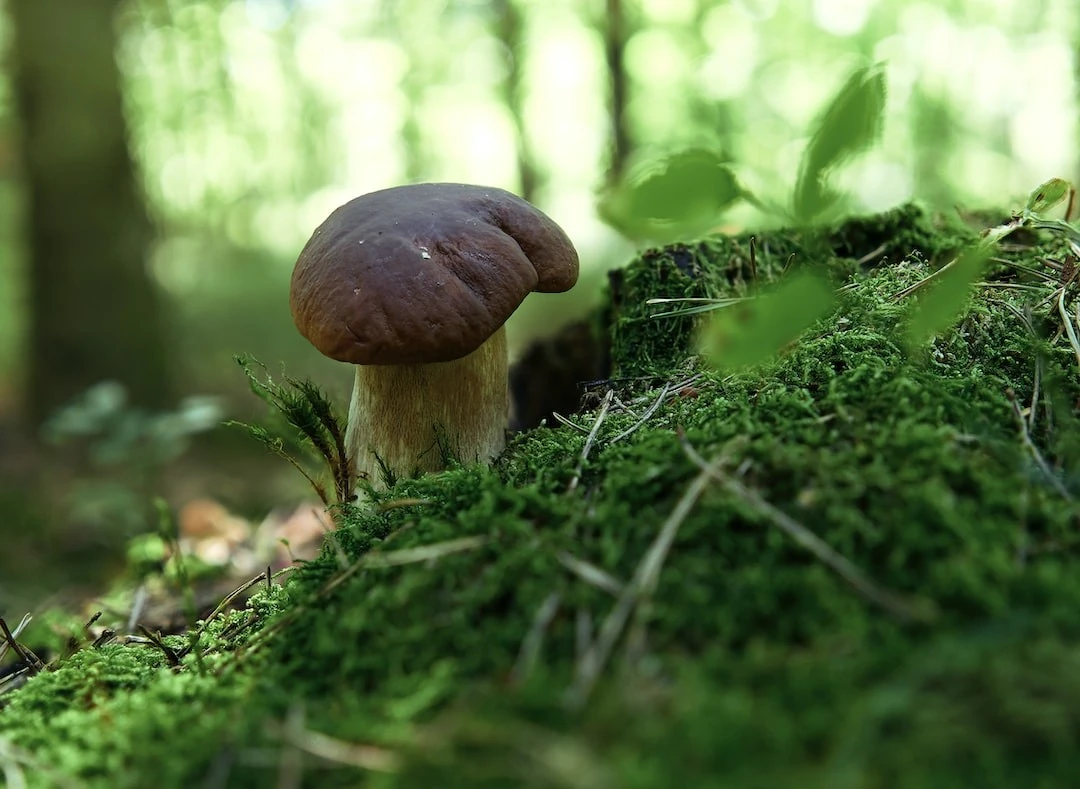Valuable edible mushrooms

The boletus, also known as the "royal mushroom", is a wild mushroom and belongs to the boletus family. It is called king mushroom because of the excellent taste and texture of its fleshy part. Compared to many other varieties of edible mushrooms, this species is very tight and dense.
Boletus - "King Mushroom"
Boletus is one of the most popular and valuable edible mushrooms. It lives in symbiosis with various deciduous and coniferous trees and forms a complex network underground, the so-called. mycorrhiza. The fruiting bodies are above ground. The mushroom has a light to dark brown cap. On the underside of the hat there are fine cilia which are very stiff. The cilia of young mushrooms are light, almost white. Older mushrooms have yellowish cilia. The stem is massive in its aerial part, but sharply narrows in the transition to the cap. The light but firm fleshy part of the mushrooms is particularly aromatic. The subtle nutty flavor makes the boletus a popular edible mushroom.
Boletus is one of the most popular and valuable edible mushrooms. It lives in symbiosis with various deciduous and coniferous trees and forms a complex network underground, the so-called. mycorrhiza. The fruiting bodies are above ground. The mushroom has a light to dark brown cap. On the underside of the hat there are fine cilia which are very stiff. The cilia of young mushrooms are light, almost white. Older mushrooms have yellowish cilia. The stem is massive in its aerial part, but sharply narrows in the transition to the cap. The light but firm fleshy part of the mushrooms is particularly aromatic. The subtle nutty flavor makes the boletus a popular edible mushroom.
Boletus is one of the most popular and valuable edible mushrooms. It lives in symbiosis with various deciduous and coniferous trees and forms a complex network underground, the so-called. mycorrhiza. The fruiting bodies are above ground. The mushroom has a light to dark brown cap. On the underside of the hat there are fine cilia which are very stiff. The cilia of young mushrooms are light, almost white. Older mushrooms have yellowish cilia. The stem is massive in its aerial part, but sharply narrows in the transition to the cap. The light but firm fleshy part of the mushrooms is particularly aromatic. The subtle nutty flavor makes the boletus a popular edible mushroom.Boletus is one of the most popular and valuable edible mushrooms. It lives in symbiosis with various deciduous and coniferous trees and forms a complex network underground, the so-called. mycorrhiza. The fruiting bodies are above ground. The mushroom has a light to dark brown cap. On the underside of the hat there are fine cilia which are very stiff. The cilia of young mushrooms are light, almost white. Older mushrooms have yellowish cilia. The stem is massive in its aerial part, but sharply narrows in the transition to the cap. The light but firm fleshy part of the mushrooms is particularly aromatic. The subtle nutty flavor makes the boletus a popular edible mushroom.
Useful properties
Mushrooms are believed to have a vitalizing and immunostimulating effect. Fresh specimens are rich in proteins, essential amino acids, vitamins and trace elements. In moderate quantities, mushrooms are healthy and easily digestible. But this variety of forest mushrooms is also characterized by the fact that they absorb heavy metals from the soil particularly easily. Environmental conditions at the point of collection and factors such as soil quality have a major impact on mushroom quality.
Mushroom season is generally considered to be summer and especially the first half of autumn with rainy but not cold rains. In fact, it begins in early spring and extends until late fall.
The main rule to follow when picking mushrooms is to pick only well-known mushrooms of good quality so that you can safely eat them.
Searching for mushrooms requires not only knowledge of their species, but also practical skills, skills and dexterity.








